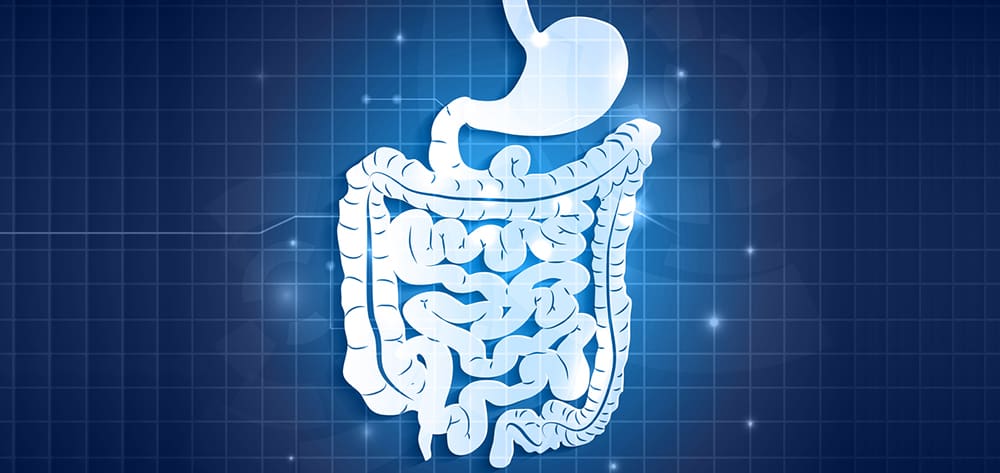David Sanderson, age 63, is admitted to the orthopedic unit after surgical repair of a compound fracture of the right radius. His medical history includes cholecystectomy and depression. Current medications are paroxetine and occasional acetaminophen for headache. Before surgery, he received I.V. hydromorphone and ketorolac to reduce inflammation and help control pain. He also received 1 G cefazolin I.V.
After surgery, he continues on I.V. antibiotics and is started on I.V. morphine or oral acetaminophen/oxycodone (Percocet), plus I.V. ketorolac for pain control. He continues to receive paroxetine.
History and assessment hints
On the third day after surgery, as he is about to be discharged, Mr. Sanderson suddenly becomes lightheaded, dizzy, and nauseated while getting dressed. He vomits a moderate amount of coffee-ground emesis. You find him lying on the bed, pale, lightheaded, and somewhat disoriented. His vital signs are blood pressure 68/32 mm Hg, heart rate 136 beats/minute (bpm), respiratory rate 24 breaths/minute, and oxygen (O2) saturation 93%.
While you call the rapid response team (RRT) and the physician, the charge nurse administers 2 L oxygen via nasal cannula and starts an 18G I.V. line. Then you hang a bag of normal saline solution. Mr. Sanderson vomits a large amount of emesis; this time, it includes frank blood.
On the scene
The RRT arrives, starts another I.V. line, hangs another bag of normal saline solution, and orders a complete blood count and chemistry panel. Now Mr. Sanderson’s vital signs are blood pressure 82/44 mm Hg, heart rate 124 bpm, respiratory rate 20 breaths/minute, and O2 saturation 96%. He seems more alert. You continue to monitor for signs and symptoms of worsening GI bleeding, such as another drop in blood pressure, an increased heart rate, and loss of consciousness.
The physician orders a liver panel and coagulation studies, a 1-L bolus of normal saline solution followed by a continuous infusion at 150 mL/hour, one dose each of ondansetron and pantoprozole I.V., and a nasogastric tube to avoid aspiration from recurrent nausea and vomiting.
Outcome
You prepare Mr. Sanderson for an emergency endoscopy to assess the extent of his GI bleeding. Endoscopy reveals a small bleeding ulcer near the duodenum. The physician obtains a biopsy and cauterizes the bleeding; the patient recovers in the endoscopy lab before returning to the nursing unit. He is monitored for additional bleeding for several days and is being considered for discharge.
Education and follow-up
Acute upper GI bleeding requires quick intervention. The most common signs and symptoms are hematemesis (vomiting of blood or coffee-ground-like material), and melena (black, tarry stools). In contrast, lower GI tract bleeding is more closely associated with hematochezia (red or maroon blood in the stool). Depending on bleeding extent and severity, the patient may have either a significant blood pressure reduction and increased heart rate, or just minor alterations in these vital signs.
Causes of GI bleeding vary and generally are classified by anatomic and pathophysiologic factors. More common classifications include bleeds from ulcerations or erosion, portal hypertension, vascular malformations, trauma or surgery, and tumors.
A wide range of drugs can cause ulcers and erosion of the stomach lining, leading to GI bleeding. Using certain concurrent medications increases the risk of GI bleeding, too. The combination of ketorolac and paroxetine increased Mr. Sanderson’s risk.
Patients who have a GI bleed stand a higher chance of recurrence. Before discharge, you teach Mr. Sanderson how to recognize signs and symptoms of GI bleeding and what to do if these occur. You advise him to be aware that his antidepressant medication combined with certain other drugs can raise his risk. You stress the importance of sharing his drug information with all healthcare professionals.
Click here for a complete list of references.
Ira Gene Reynolds is a staff nurse on the medical/oncology unit at Utah Valley Regional Medical Center in Provo.


















